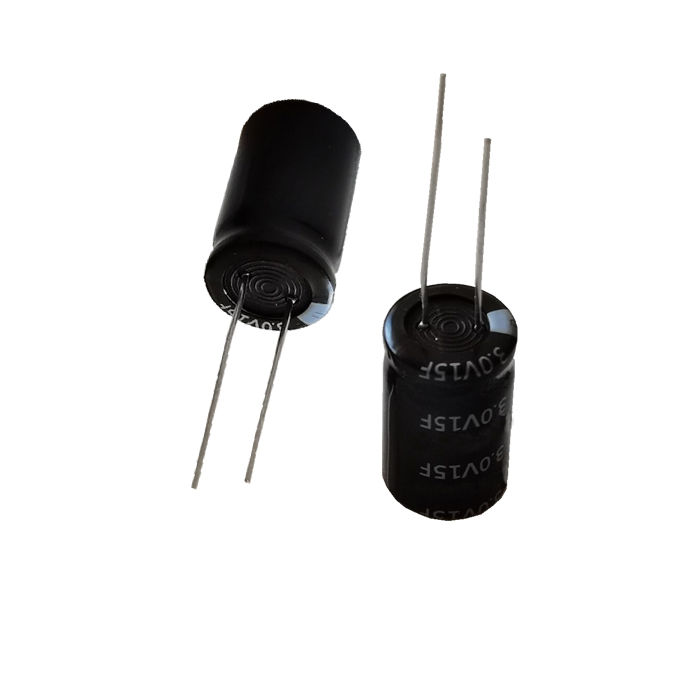Consulting phone:
135-3037-2041
(Mr.Wang)
Improper use may cause electrolyte leakage, etc.

1. Supercapacitors have a fixed polarity. Polarity should be confirmed before use.
2. Supercapacitors should be used at the nominal voltage: When the capacitor voltage exceeds the nominal voltage, the electrolyte will decompose, the capacitor will heat up, the capacity will decrease, the internal resistance will increase, and the life will be shortened. In some cases , which can lead to capacitor performance collapse.
3. Supercapacitors cannot be used in high-frequency charging and discharging circuits. High-frequency rapid charging and discharging will cause internal heating of the capacitor, capacity attenuation, and increase in internal resistance. In some cases, the performance of the capacitor will collapse.
4. Life of supercapacitors: The external ambient temperature has an important influence on the life of supercapacitors. Capacitors should be kept as far away from heat sources as possible.
5. Voltage drop when the supercapacitor is used as a backup power supply: Because the supercapacitor has the characteristics of large internal resistance, there is a voltage drop at the moment of discharge, ΔV=IR.
6. Ambient gas in use: The supercapacitor should not be placed in a place with a relative humidity greater than 85% or containing toxic gases. These environments will cause corrosion of the leads and the capacitor casing, resulting in an open circuit.
7. Storage of supercapacitors: Supercapacitors cannot be placed in a high temperature and high humidity environment. They should be stored in an environment with a temperature of -30+50°C and a relative humidity of less than 60% to avoid sudden temperature rises and drops, because this will cause Product is damaged.
8. The use of supercapacitors on double-sided circuit boards: When the supercapacitors are used on double-sided circuit boards, it is necessary to pay attention that the connection should not pass through the places where the capacitors can be touched. Due to the installation method of the supercapacitors, it will cause a short circuit.
9. When soldering the capacitor on the circuit board, do not touch the capacitor shell to the circuit board, otherwise the solder will penetrate into the capacitor threading hole, which will affect the performance of the capacitor.
10. After installing the supercapacitor, do not forcibly tilt or twist the capacitor, as this will cause the lead wire of the capacitor to become loose, resulting in performance deterioration.
11. Avoid overheating the capacitor during the welding process: If the capacitor is overheated during welding, it will reduce the service life of the capacitor. For example, if a printed circuit board with a thickness of 1.6mm is used, the welding process should be 260°C, and the time will not be longer. more than 5s.
12. Cleaning after soldering: After the capacitor is soldered, the circuit board and the capacitor need to be cleaned, because some impurities may cause the capacitor to short-circuit.
13. When using capacitors in series: When supercapacitors are used in series, there is a problem of voltage balance between cells. Simple series connection will lead to overvoltage of one or several cell capacitors, which will damage these capacitors and affect the overall performance. , so when the capacitors are used in series, the technical support of the manufacturer is required.
14. Others: For other application problems in the process of using supercapacitors, please consult the manufacturer or refer to the relevant technical data of the supercapacitor instructions for use.